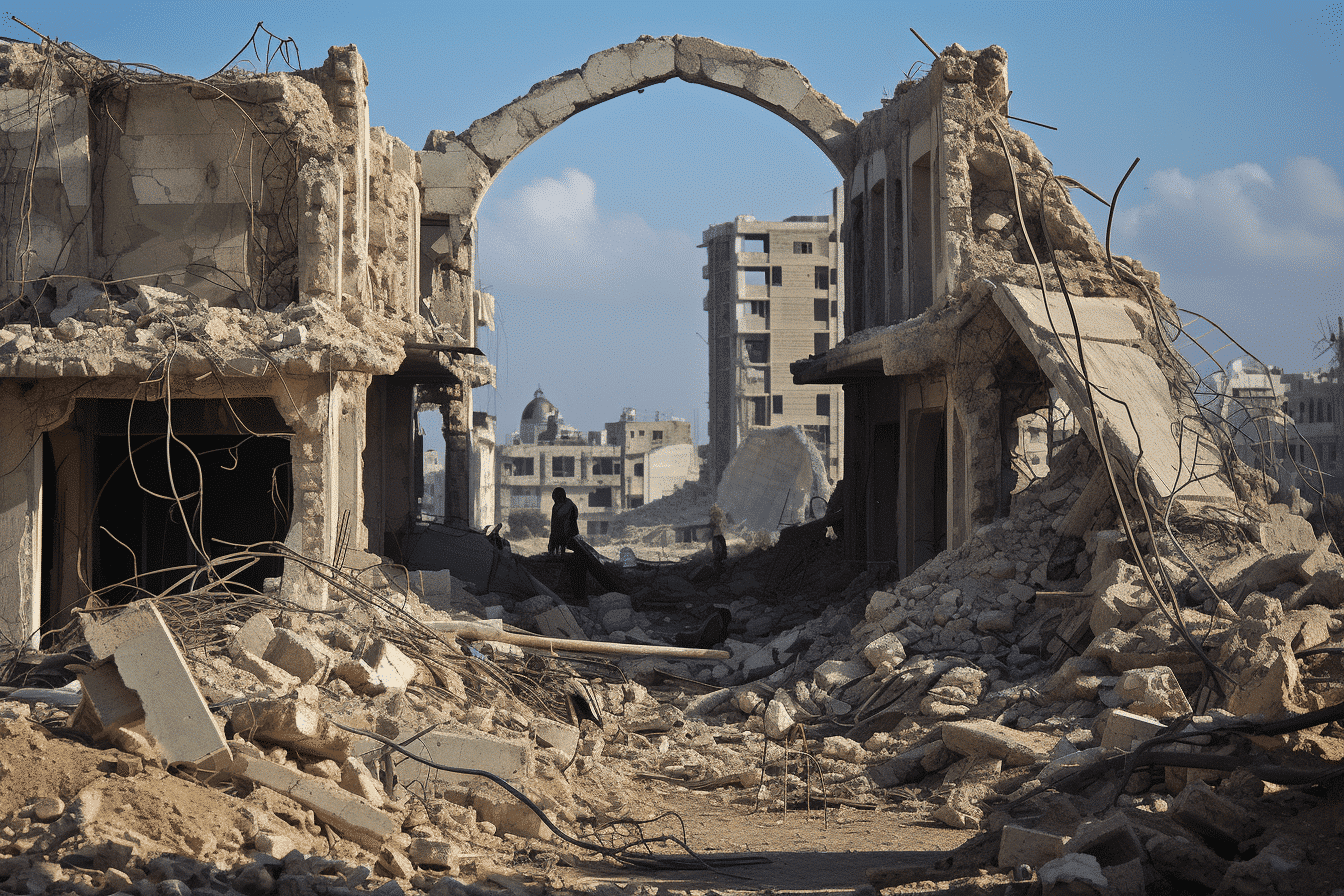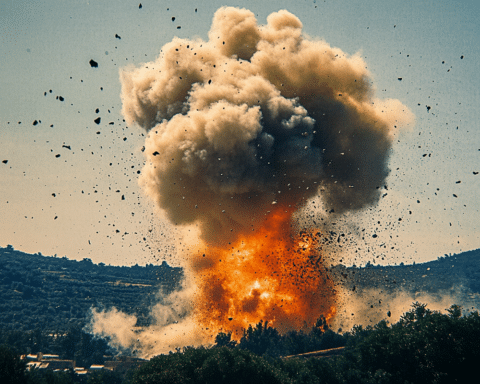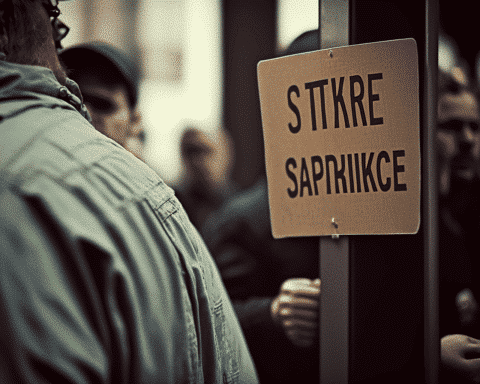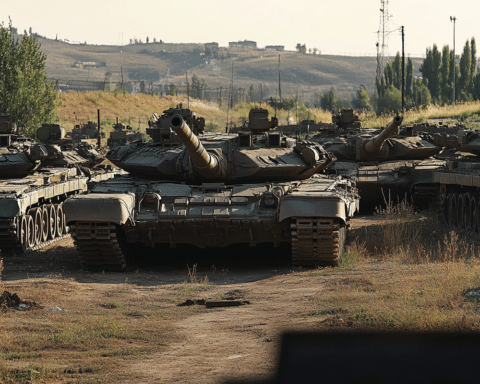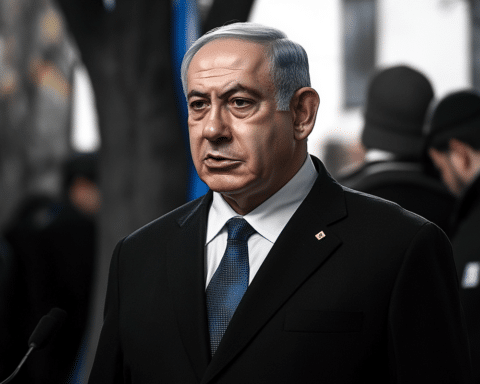Amidst rising tensions in the Middle East, the Israeli military night detected a “hostile aircraft” entering from Lebanon, leading to alarms ringing across the country’s northern regions. As residents were instructed to seek shelter, concerns grew over the possible escalation of the conflict.
The Israeli military did not provide details regarding the nature of the aircraft. It’s worth noting, however, that Hezbollah, backed by Iran and situated in Lebanon, and Palestinian militants have been previously known to possess drones and gliders. This incursion came from Hezbollah launching anti-tank missiles at an Israeli military position, asserting casualties on the Israeli side. However, the Israeli military refrained from commenting on potential losses.
Earlier this week, the political scenario in Israel shifted dramatically. Israeli Prime Minister Benjamin Netanyahu and Benny Gantz, a prominent opposition figure and former defence minister, formed a specialized wartime Cabinet. This new alliance seeks to address the increased threat from Hamas militants, especially following the shocking attack over the weekend where Hamas militants infiltrated Israel, leading to a tragic loss of life.
Yet, even as this new war-centric Cabinet forms, underlying political divisions within Israel persist. While Yair Lapid, Israel’s chief opposition leader, was extended an invitation to join this coalition, no response has been forthcoming as of yet.
The ramifications of this conflict are not limited to Israel. The Gaza Strip, under Hamas’ control, faces a worsening humanitarian crisis. An estimated 250,000 residents have evacuated their homes, with many seeking refuge in U.N. schools. Israel’s recent actions have included a halt on the supply of essential resources like food, water, fuel, and medicine to Gaza. Compounding this dire situation, Gaza’s only power plant ceased operations due to a lack of energy, putting critical infrastructure such as hospitals on the clock.
Echoes of this crisis are being felt on the global stage. U.S. President Joe Biden has cautioned other nations and militant groups about intervening in the conflict. Meanwhile, the situation on the Israeli northern borders points to the possibility of this conflict becoming a broader regional concern.
Reflecting on the devastation, Defense Minister Gallant stated, “We will not allow a reality in which Israeli children are murdered,” highlighting the intensified stance of the Israeli military.
For Palestinians in the affected areas, the situation remains grim. Hashem Abu Manea, a Gaza City resident, voiced the suddenness and unpredictability of the strikes, lamenting the tragic loss of his 15-year-old daughter, Joanna.
As the situation unfolds, the death toll continues to climb. Israel reports over 1,200 deaths, a figure not seen since the war with Egypt and Syria in 1973. Meanwhile, Gaza’s authorities record a toll of 1,055.
The current unrest in the Middle East underscores the intricate and volatile nature of geopolitical relations in the region. As the world watches with bated breath, hopes for a peaceful resolution remain paramount. Yet, as history has often shown, the path to peace in this region is fraught with challenges.
